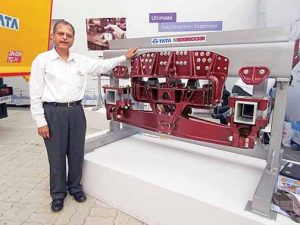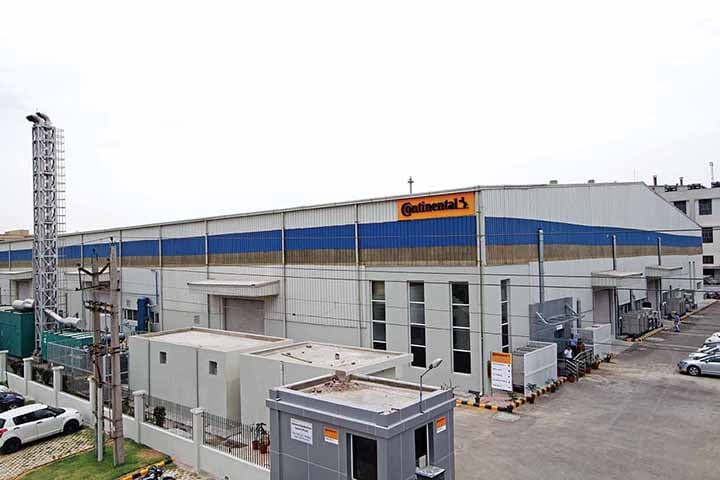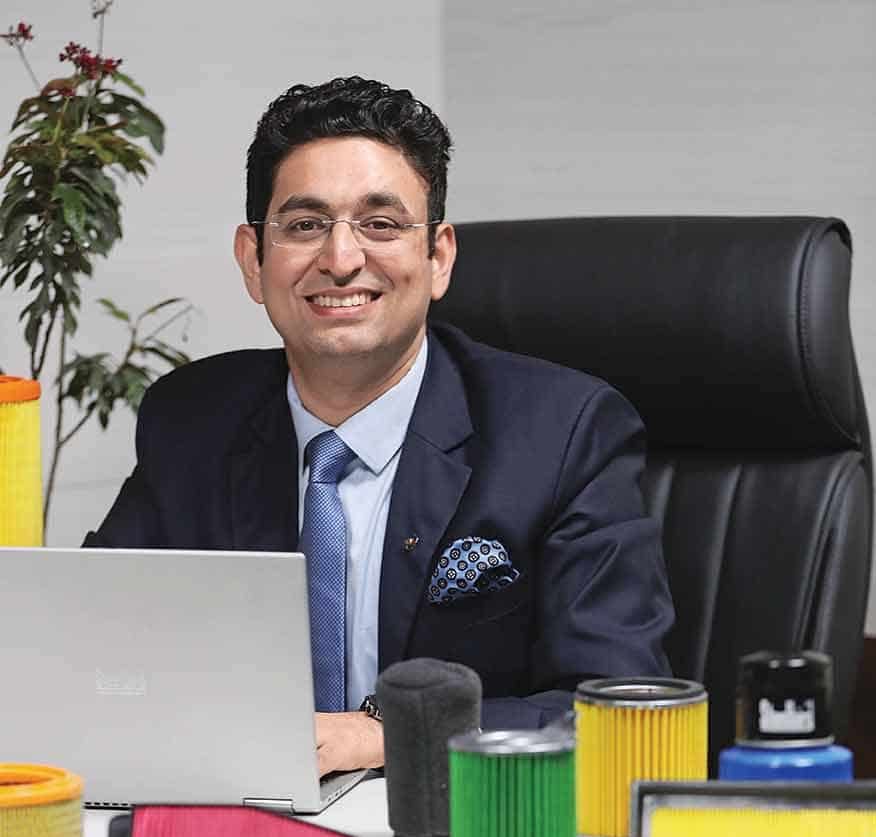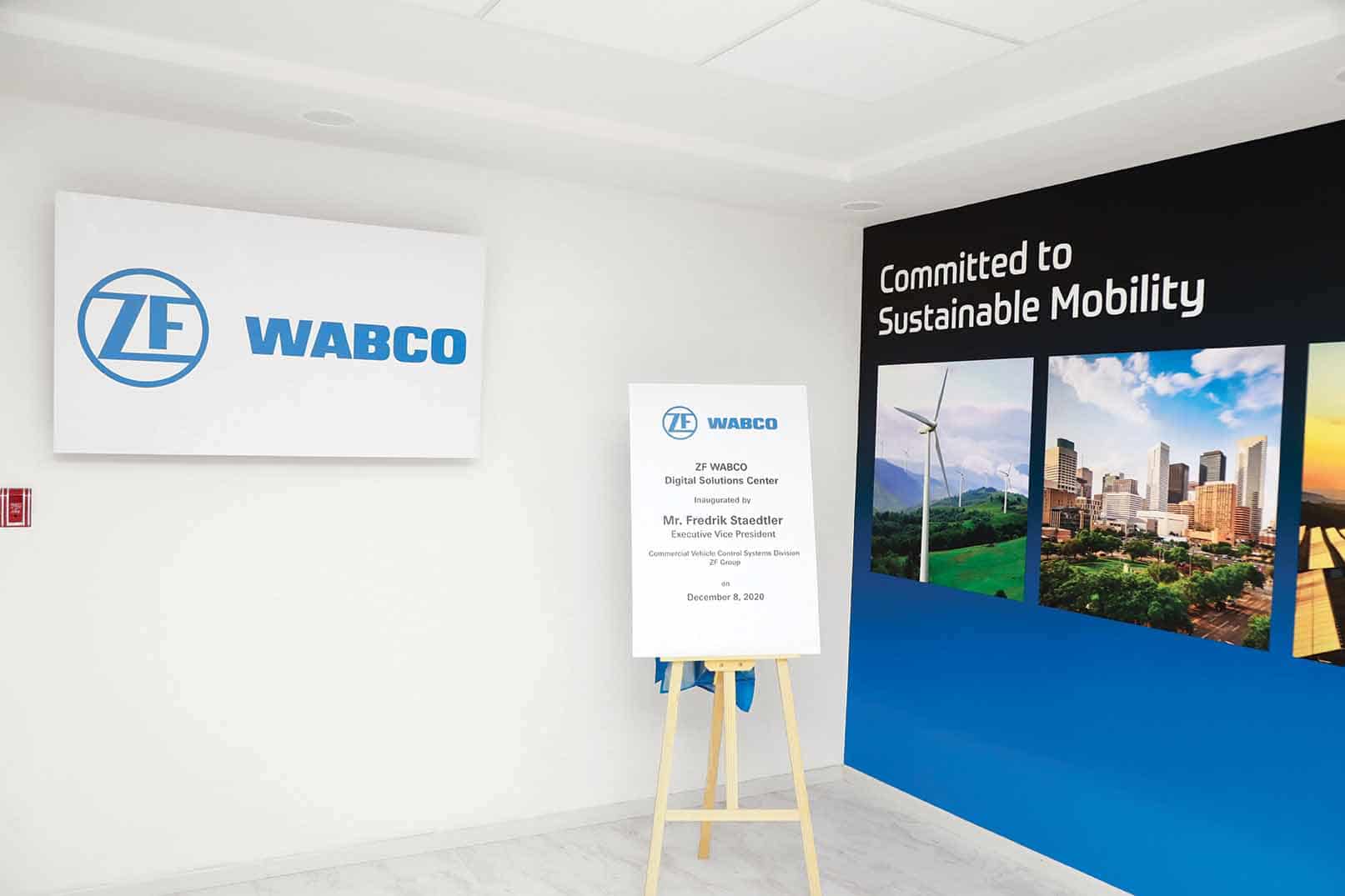Advanced suspension systems are finding their way into CVs, ensuring a rise in the safety of operations and better profitability.
Story by: Anwesh Koley
A decade ago the production directives for commercial vehicles were driven by the design language to accommodate more cargo space, cross over architecture, and more variation in ride and handling of the vehicle. The current trends, however, have moved more towards safety, comfort, and ease of mobility, without compromising the key requirements of fuel efficiency, better manoeuvrability, and load-carrying capabilities. In this quest for higher performance levels and better comfort, new suspension systems have emerged as a crucial component to achieve new-age mobility requirements.
With the attention to riding comfort and ergonomics on the rise, customer requirements are driving an evolution in the area of dampening for CVs. This is compounded by the need for quality, driveability, and ease of service. CV suspensions are changing in-line with the requirements in performance and reliability and the CV makers are showing the courage to check out and incorporate new suspension systems for their trucks and buses: Tata Motors equipped some of its trucks with the Tata Hendrickson Haulmaax and Ultimaax suspension; Meritor CVS India introduced slipper suspension in 2017, which through a constant change in spring stiffness is claimed to elevate comfort and avoid uneven load distribution. With average speeds rising, and fleet utilisation levels assuming different dynamics in the wake of the changing market demand and load situations, CV suspensions are changing right from the small commercial vehicle level to the new breed of heavy vehicles that could typically flaunt a 55-tonnes GVW for diverse haulage applications.
It is a different story for ODC carriers altogether as ferrying of such loads puts the CV hauling to the most grueling test that has significant safety, comfort and earning implications. The time-bound nature of such challenging assignment means the key aggregates of an ODC carrier, like the suspension system, brakes, etc., are the best in the business. If the development of modular suspension components for use across different platforms is indicative of the changes driving CV makers to deliver CVs that are reliable, robust and capable of withstanding the abuse of operations day-after-day throughout its life-time, CV suspensions have been witnessing a significant change in their design and development, metallurgy and material composition, manufacturing technology, and their ability to help CV makers to provide CVs that the market finds appropriate.
Market Dynamics
Unlike earlier, CVs in India are not just found equipped with a leaf spring suspension, but with other types like an air-bellow pneumatic suspension or independent torsion-bar or coil spring front suspension depending on the tonnage and segment-position. Above 3.5-tonnes, leaf spring suspension is quite clearly the mainstay as yet. It is subject to constant up-scaling and up-gradation. Thimmaiah NP, Managing Director & CEO, Meritor India, said, “In comparison to the Bellcrank suspension offered widely in India, the slipper suspension that we are offering is efficient, has two links over the 20 joints with bushes and screws of a Bellcrank unit, and is lighter. It also supports longer tyre life even though it uses leaf springs, and enhances load carrying capacity.” With Ashok Leyland known to show interest in the slipper suspension from Meritor, Tata Motors has chosen to equip some of its trucks with the Tata Hendrickson’s Haulmaax and Ultimaax suspension. These too use leaf springs but are significantly different in their working and the advantages they offer in comparison to the traditional Bellcrank suspension many Indian trucks are known to come with.
As part of the significant change the CV suspension is experiencing, the hydraulic link – the damper (or shock absorber), is also changing. It is assuming varieties where the damper can be adjusted or fine-tunes itself depending on the road conditions. A crucial link in terms of stability, driveability and comfort, shock absorber technology has been changing quite some. “Given the increasing freight movement and logistics, the damping requirements for CVs have evolved,” S N Ahmed, CEO, Sabo Hema Automotive Pvt Ltd, said.The evolution of damping requirements in CVs is linked to the evolution of a more advanced supply chain management (SCM). The quantum changes in infrastructure coupled with global exposure to latest technologies have also contributed to it, he added. Of the opinion that the shock absorber industry has benefited due to this transformation, Ahmed explained, “The shock absorber industry has started benchmarking quality standards.” If the bus industry has switched a big way to air-suspension in-line with the requirement for comfort and convenience, the truck industry has not shifted drastically to pneumatic suspension expect for certain applications like the medical equipment industry, which calls for a certain “shock-free” ride for its equipment.
Increasing average speeds of CVs, trucks are putting the spotlight on comfort, control, and safety like never before. As fleets look at maximum uptime and new business models like e-commerce, CV suspensions are coming to play a bigger role in terms of reliability and productivity. Almost every CV maker would today agree on the need to provide good ergonomics and comfort as more kilometers are clocked. OEMs, fleet owners, and transport authorities have realised the importance of providing a plush ride to the driver as well as ensure cargo safety. The rising participation of international players is ensuring that stringent guidelines for efficient logistics are adhered to. If the Indian damper industry has done very well in terms of quality and standardisation due to active benchmarking, it is yet to reach international standards in terms of technological advancements, Ahmed said. “In terms of the output provided, they are meeting all the quality norms of OEMs. Their biggest advantage is their price competitiveness. It is this factor that has enabled Indian suspension manufacturers to find markets across the globe,” he explained. Lighter than a typical bogie suspension by 300 kg, the Ultimaax and Haulmaax suspension, according to J V Narasimha Rao, VP, Business Development, Tata Hendrickson, is engineered to enhance productivity and comfort.
Advancements in technology
Technology is at the core of the new CV suspensions in India. Jamna Auto Industries Limited (JAI), a leading player in the CV suspension space, signed an agreement with Tinsley Bridge Limited (TBL), UK, to transfer TBL’s extralite spring technology and special steel technology to manufacture high stress, lighter springs with increased life. In technological terms, JAI is looking at a significant uptake in parabolic leaf springs. Pradeep Singh Jauhar, MD & CEO, Jamna Auto, said that technology is going to be the key differentiator. It already is, said an industry source, drawing attention to the use of the advanced air-suspension system by some international fleets in India to address the special needs of some of its customers. Ahmed said, “By design, leaf springs absorb vertical vibrations caused by irregularities in the road. Variations in the spring deflection allow potential energy to be stored as strain energy and then released more gradually over time.” From the metallurgy and materials point of view, it would prove to be interesting to witness the use of carbon-fibre leaf springs over the use of steel leaf springs.
Composites are well suited for leaf-spring applications due to their high strength-to-weight ratio, fatigue resistance, and natural frequency. Internal damping in the composite material leads to better vibration energy absorption within the material, resulting in reduced transmission of vibration noise to neighbouring structures. In addition, the dampers have improvised at different levels, leading to better performance. Commenting on the advantages of composites, Bhupesh Kumar Mehta, Vice President, Jamna Auto Industries Ltd, said, “Being an expensive technology, composites are yet to gain wide market acceptance, but due to the fact that it is almost 50 per cent lighter than the conventional metal, manufacturers might soon opt for this material for multiple applications. Composites can be used for leaf springs for lightweight vehicles and meet the fuel efficiency requirements, together with substantial weight savings.”
Because of their low specific gravity, the strength of composite leaf springs is substantially superior to those of their metallic counterparts. The fatigue strength weight ratios, as well as fatigue damage tolerances of many composite laminates, have been found to be highly applicable. For these reasons, composites have emerged as a major class of structural material being considered as an alternative for the metal in any weight critical components in the CV segment, as well as in other industries.
This assumes even greater significance, with BSVI norms kicking in from next year. OEMs are demanding frugal machines, which are lighter and more versatile. “Our focus on composite spring technology intends to provide high-quality products at low cost in order to serve a broader spectrum of OEMs and stay competitive at the global level,” Mehta said. In the case of air suspension technology, the highlight is going to be the use of an active shock absorber, which provides real-time coordination with air springs. An exciting innovation would be the regenerative shock absorbers, which are re-using dissipated heat energy from vibrations, according to Ahmed. “Electromagnetic suspension systems are also in the race and if industry dynamics allow, might gain widespread adoption,” he added. As performance, safety and comfort assume importance in the wake of the regulatory and market-driven changes, it is the CV suspension that is set to play a key role. It is at the root of the modular design that many modern CVs the world over are turning out to be. In the face of rising freight movement and advancing supply chain management (SCM), it is the key aggregates like a suspension system that will influence success. ACI














Leave a Reply